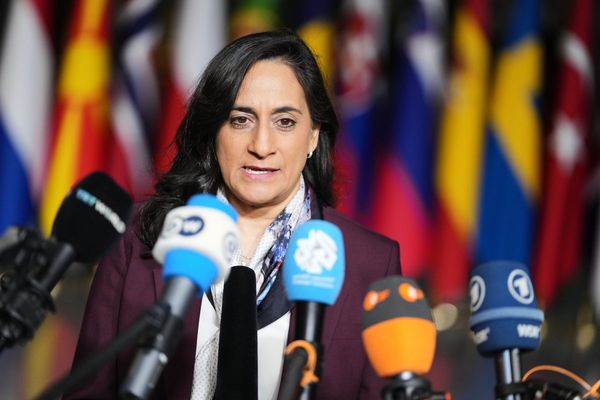Tasmania’s election on July 19 will be a welcome circuit breaker following the recent mayhem and dysfunction which has addled state politics.
Governor Barbara Baker has finally granted Liberal Premier Jeremy Rockliff’s wish for an election to end the impasse after he lost a no-confidence vote earlier this month.
Voters will be heading back to the polls just 16 months after the last state election. There was no other option, given Labor leader Dean Winter had ruled out forming a government that needed Greens support.
How Tasmanians elect their MPs
Tasmania uses the proportional Hare-Clark system to elect its 35 lower house MPs. Five electorates, based on federal boundaries, each return seven MPs. A quota is one-eighth of the vote or 12.5%.
The last state election in March 2024 resulted in 14 Liberals, ten Labor, five Greens, three Jacqui Lambie Network (JLN) and three independents.
In August 2024, two of the three JLN MPs were expelled and are now independents, leaving the party with just one MP – Andrew Jenner. Jacqui Lambie has said her party will not contest future Tasmanian elections.
Labor on the rise
Labor will be buoyed by its massive win in Tasmania at the federal election, when its two-party support was 63.3% to the Liberal Party’s 36.7%. The 9% swing was the biggest to Labor of any state or territory.
The federal result likely encouraged state Labor to try to oust the Liberal government by launching the no-confidence motion against the premier.
Labor’s primary vote in Tasmania at the federal election was 36.6%. The Liberal Party garnered 24.5%; the Greens 11.1%; One Nation 6.0%. Independent candidates mustered 18% of first votes, mainly Andrew Wilkie in Clark and Teal candidate Peter George in Franklin.
Another minority government?
But even if the federal results are repeated at the state election, Labor would be well short of a majority under Tasmania’s proportional system.
The last Tasmanian state EMRS poll, in May, gave Labor 31% of the vote ahead of the Liberals on 29%, which was down five points since February. The Greens were on 14%, JLN 6%, independents 17% and others 4%.
A separate EMRS poll earlier this month found 47% of respondents believed the recent state budget was bad for Tasmania, while 26% thought it was good.
On the polarising issue of the proposed Macquarie Point Stadium for a Tasmanian AFL club, 57% were opposed to legislation enabling construction, while 30% were in support.
It’s unlikely Labor can secure the 18 seats needed to govern in its own right. It will be hoping to win enough seats to form a minority government supported by the independents and not need to rely on the Greens.
If Labor is successful on July 19, it will form government in Tasmania for the first time since 2014. During its last stint in power, Labor lost its majority at the 2010 election, forcing it into minority government with the Greens until its heavy 2014 defeat.
Labor has tried to distance itself from the Greens ever since.
It’s much easier for Labor in a single-member system like the federal House of Representatives, where the Greens win few seats and Labor does not need them to form government.
Upper house election final results
In May each year, two or three of Tasmania’s 15 upper house seats are up for election for six-year terms.
The final results are now in for the three seats that were up for grabs on May 24 this year.
In Pembroke, Labor defeated an independent 58.2% to 41.8% after preferences. In Montgomery, independent Casey Hiscutt defeated the Liberals by 61.7% to 38.3%, two-candidate preferred.
In Nelson, preferences were not needed, with left-wing independent Meg Webb defeating the Liberals 51.7% to 34.2%, with 14.1% for the Greens.
The only seat change was Montgomery. Heading into the state election, the Liberals and Labor each hold three of the 15 upper house seats. Independents hold eight and the Greens just the one.
Adrian Beaumont does not work for, consult, own shares in or receive funding from any company or organisation that would benefit from this article, and has disclosed no relevant affiliations beyond their academic appointment.
This article was originally published on The Conversation. Read the original article.







